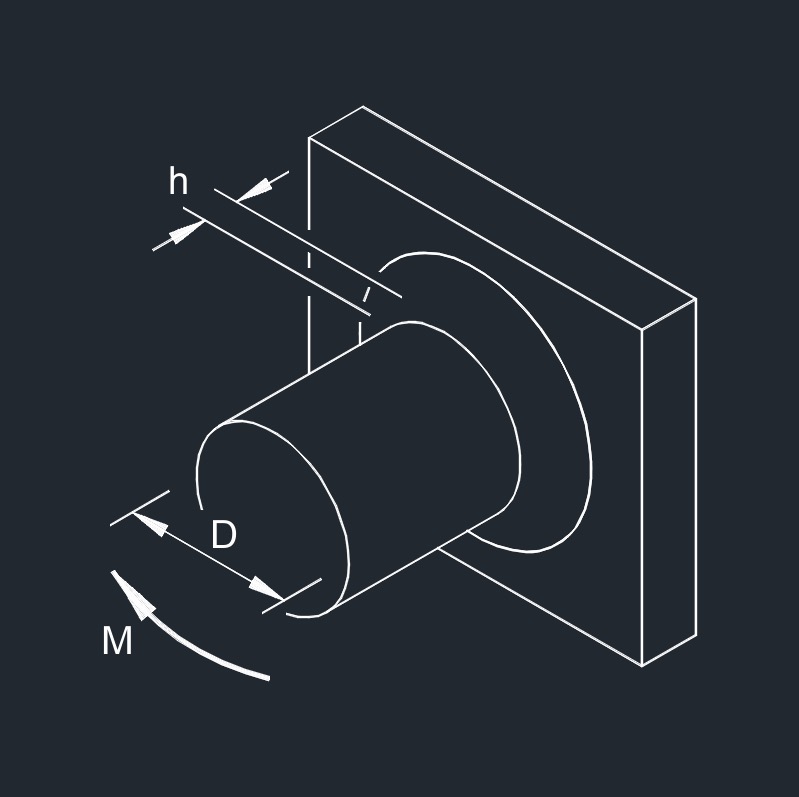Welded Stress and Strain Connections
Welded stress and strain connections, also called welded connections, are structural elements used to join two or more components together in a way that can transmit forces and moments between them. These connections are commonly used in steel structures and other types of metal based construction. The primary purpose of these connections is to transfer loads, such as axial forces, shear forces, and bending moments, from one member to another.
|
See Articles
|
See Articles
|
The design of welded connections involves careful consideration of factors such as the applied loads, material properties, welding processes, and required safety margins. Engineers must ensure that the welds are capable of transmitting the intended loads without failure. Proper weld sizing, choice of welding process, material compatibility, and inspection methods are critical to the overall integrity of the structure.
It's important to note that while welded connections are widely used, they require careful design and execution to avoid potential issues such as weld defects, material distortion, and premature failure. Proper testing and inspection during fabrication and construction are essential to ensure the quality and performance of welded connections in structural applications.
Bar to Plate Welds
 Applied Force on PJP Fillet Weld
Applied Force on PJP Fillet Weld 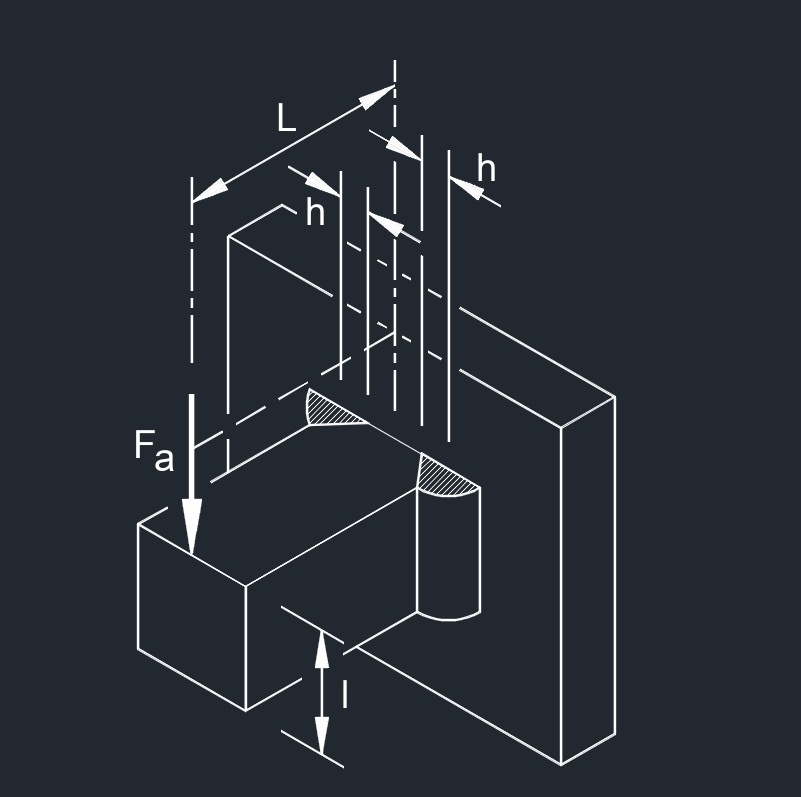 Applied Force on CJP Fillet Weld
Applied Force on CJP Fillet Weld 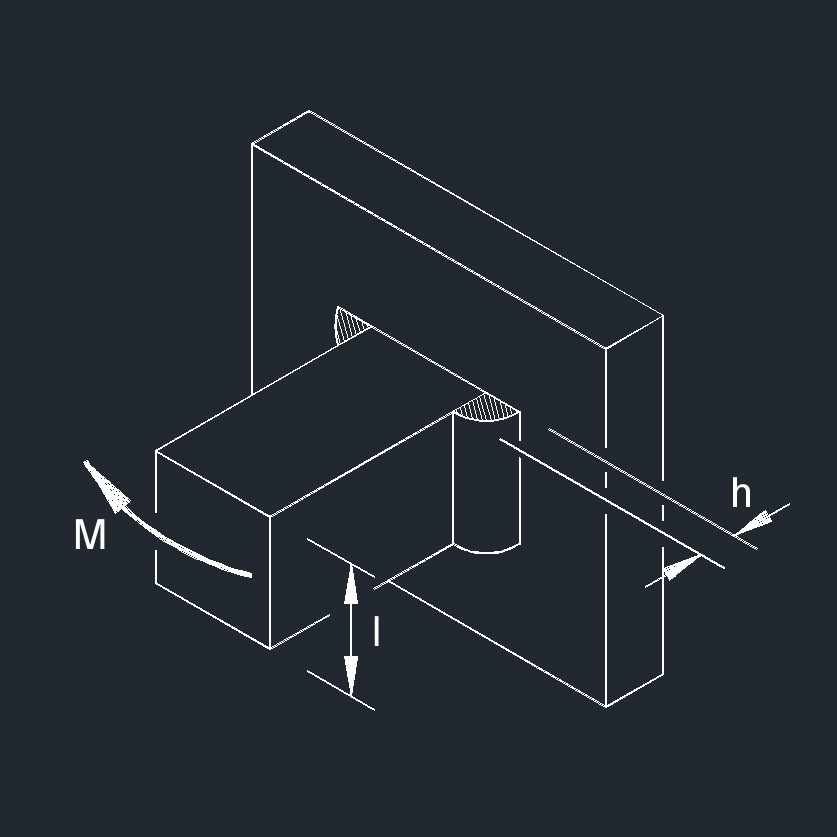 Bending Moment on PJP Fillet Weld
Bending Moment on PJP Fillet Weld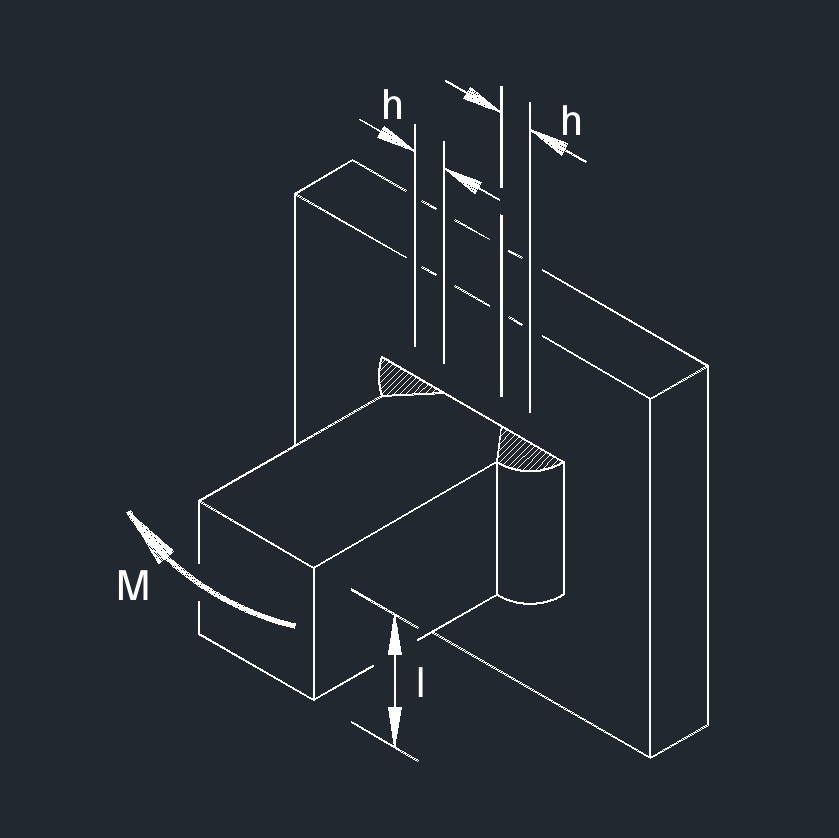 Bending Moment on CJP Fillet Weld
Bending Moment on CJP Fillet Weld
 Bending Moment on PJP Fillet Weld All Around
Bending Moment on PJP Fillet Weld All Around Torsion Moment on CJP Fillet Weld
Torsion Moment on CJP Fillet Weld
Beam to Plate Welds
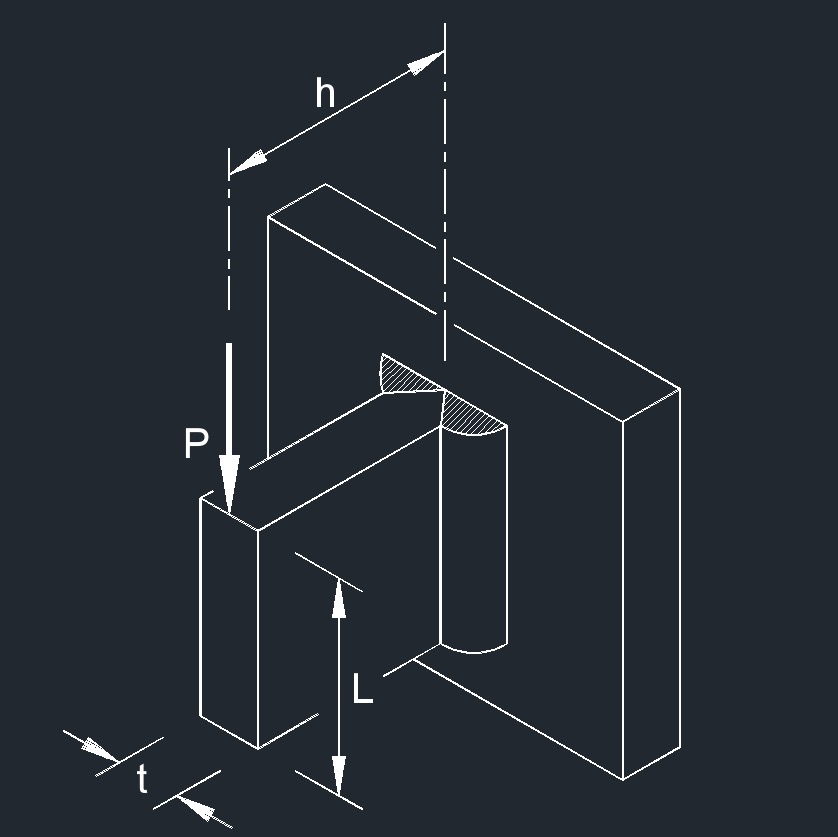 Point Load on CJP Fillet Weld
Point Load on CJP Fillet Weld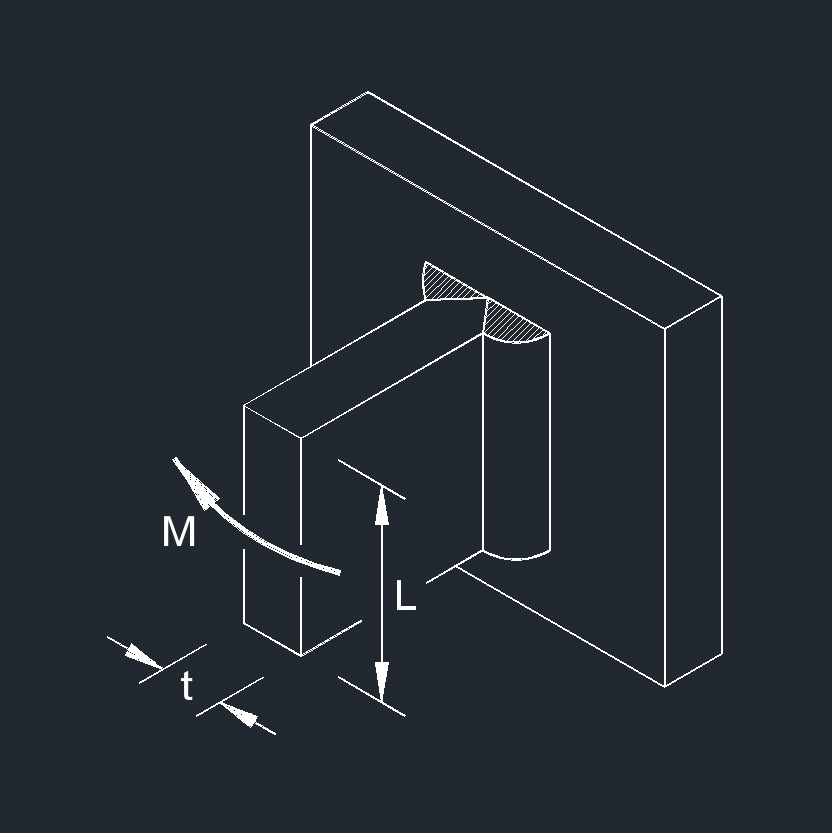 Bending Moment on CJP Fillet Weld
Bending Moment on CJP Fillet Weld Torsion Load on CJP Fillet Weld
Torsion Load on CJP Fillet Weld
Flat Plate Welds
 Axial Force on Butt Weld
Axial Force on Butt Weld Axial Force on Fillet Weld
Axial Force on Fillet Weld  Bending Moment on Butt Weld
Bending Moment on Butt Weld  Bending Moment on Fillet Weld
Bending Moment on Fillet Weld
 Axial Force on Angled Butt Weld
Axial Force on Angled Butt Weld  Bending Moment on Butt Weld
Bending Moment on Butt Weld 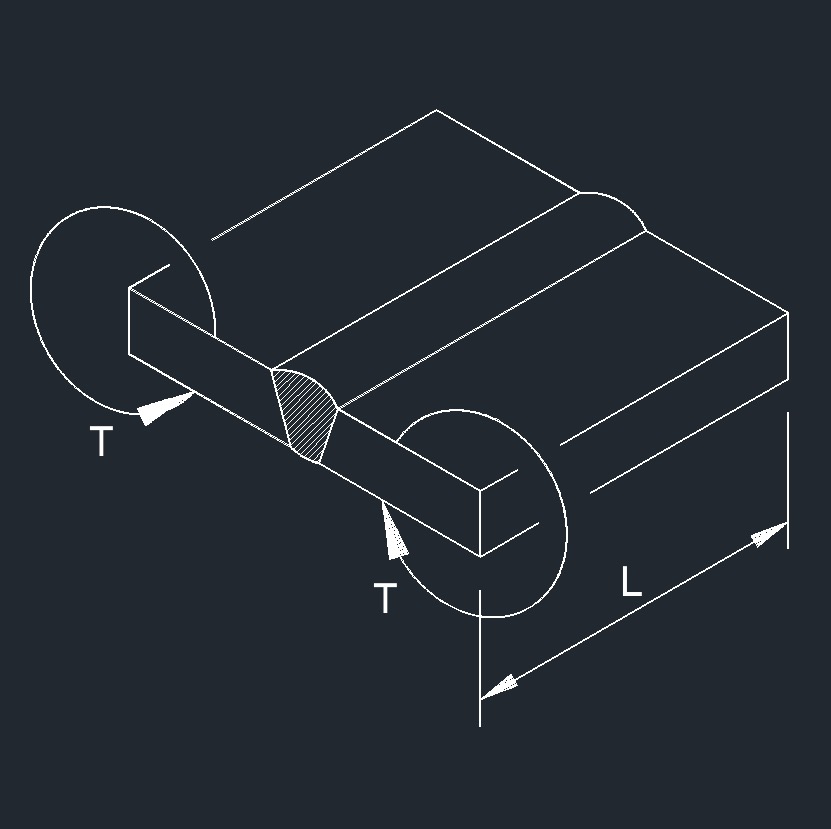 Torsion Moment on Butt Weld
Torsion Moment on Butt Weld  Bending Moment on Butt Weld
Bending Moment on Butt Weld
Overlapping Plate Welds
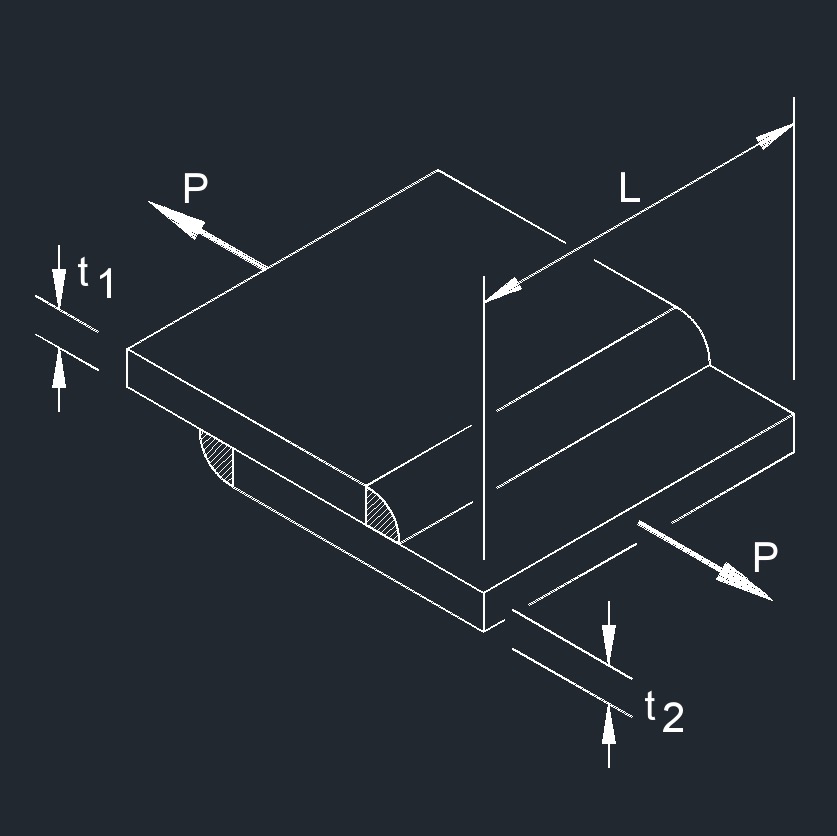 Axial Force on PJP Fillet Weld, 2 Plates
Axial Force on PJP Fillet Weld, 2 Plates  Axial Force on PJP Fillet Weld, 2 Plates
Axial Force on PJP Fillet Weld, 2 Plates  Axial Force on PJP Fillet Weld, 3 Plates
Axial Force on PJP Fillet Weld, 3 Plates 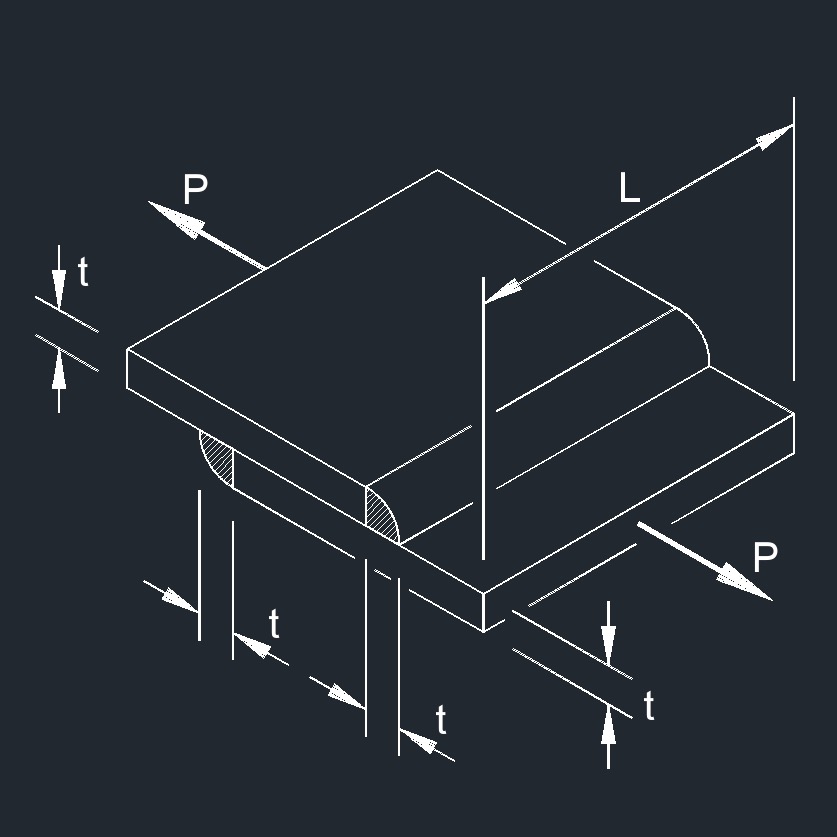 Axial Force on PJP Fillet Weld, 2 Plates
Axial Force on PJP Fillet Weld, 2 Plates
 Axial Force on PJP Fillet Weld, 2 Plates
Axial Force on PJP Fillet Weld, 2 Plates  Axial Force on PJP Fillet Welds, 2 Plates
Axial Force on PJP Fillet Welds, 2 Plates  Axial Force on PJP Fillet Welds, 3 Plates
Axial Force on PJP Fillet Welds, 3 Plates  Axial Force on CJP PJP Fillet Weld, 3 Plates
Axial Force on CJP PJP Fillet Weld, 3 Plates
Pipe and Tube Welds
 Axial Force on CJP Butt Weld
Axial Force on CJP Butt Weld  Shear Force on CJP Butt Weld
Shear Force on CJP Butt Weld 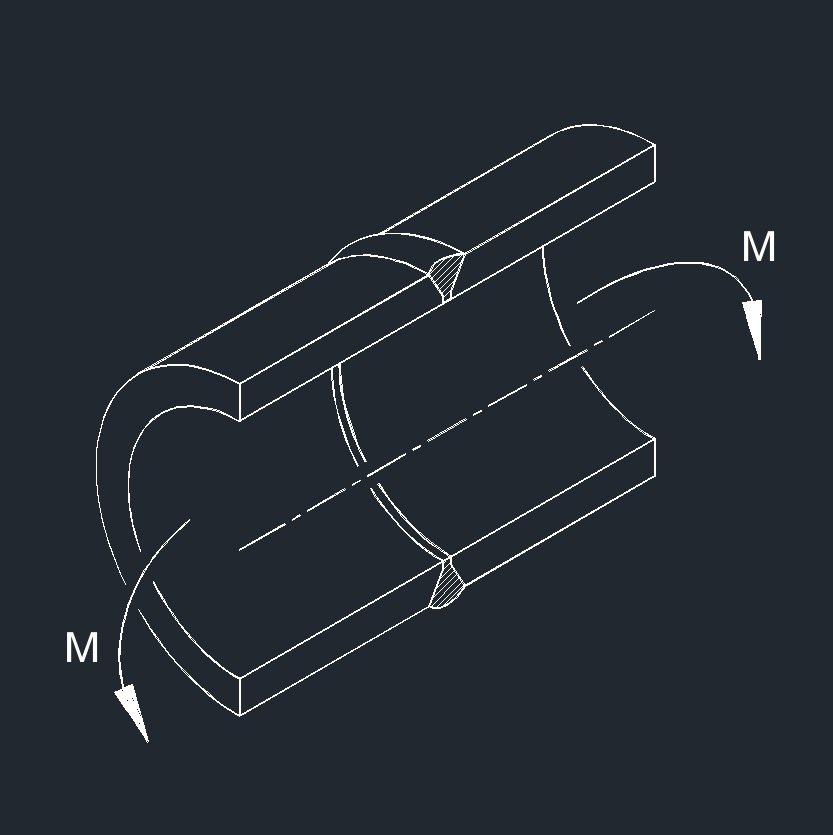 Bending Moment on CJP Butt Weld
Bending Moment on CJP Butt Weld  Torsion Moment on CJP Butt Weld
Torsion Moment on CJP Butt Weld
Plug and Slot Welds
Tee Plate Welds
 Axial Force on CJP Fillet Weld
Axial Force on CJP Fillet Weld  Bending Moment on CJP Fillet Weld
Bending Moment on CJP Fillet Weld 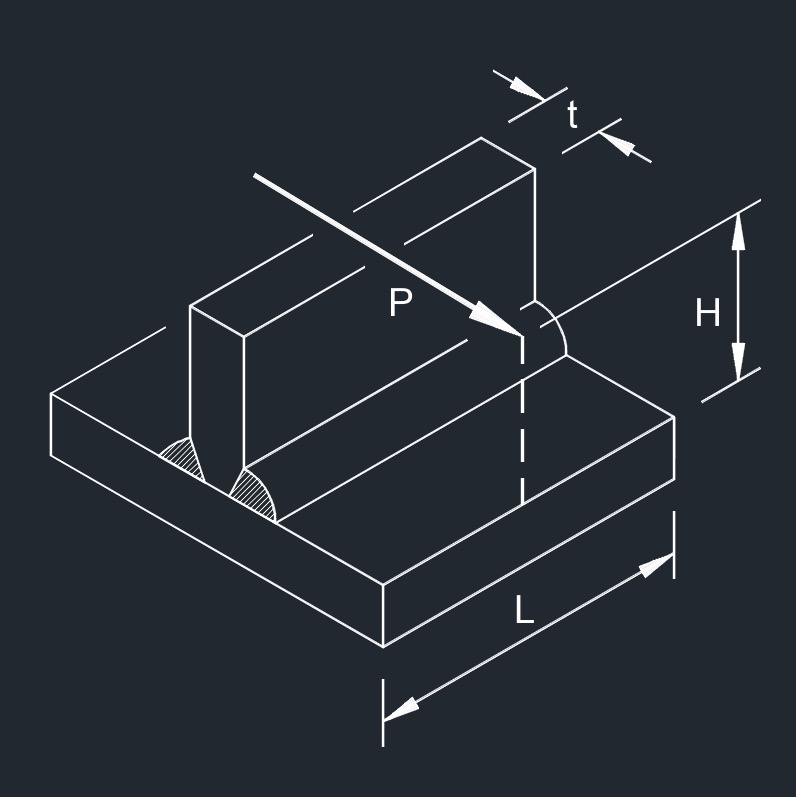 Perpendiculat Force on CJP Fillet Weld
Perpendiculat Force on CJP Fillet Weld  Axial Force on PJP Fillet Weld
Axial Force on PJP Fillet Weld
 Bending Moment on PJP Fillet Weld
Bending Moment on PJP Fillet Weld  Perpendicular Force on PJP Fillet Weld
Perpendicular Force on PJP Fillet Weld  Axial Force on PJP Fillet Weld
Axial Force on PJP Fillet Weld  Bending Moment on PJP Fillet Weld
Bending Moment on PJP Fillet Weld
 Perpendicular Force on PJP Fillet Weld
Perpendicular Force on PJP Fillet Weld




